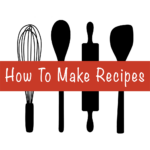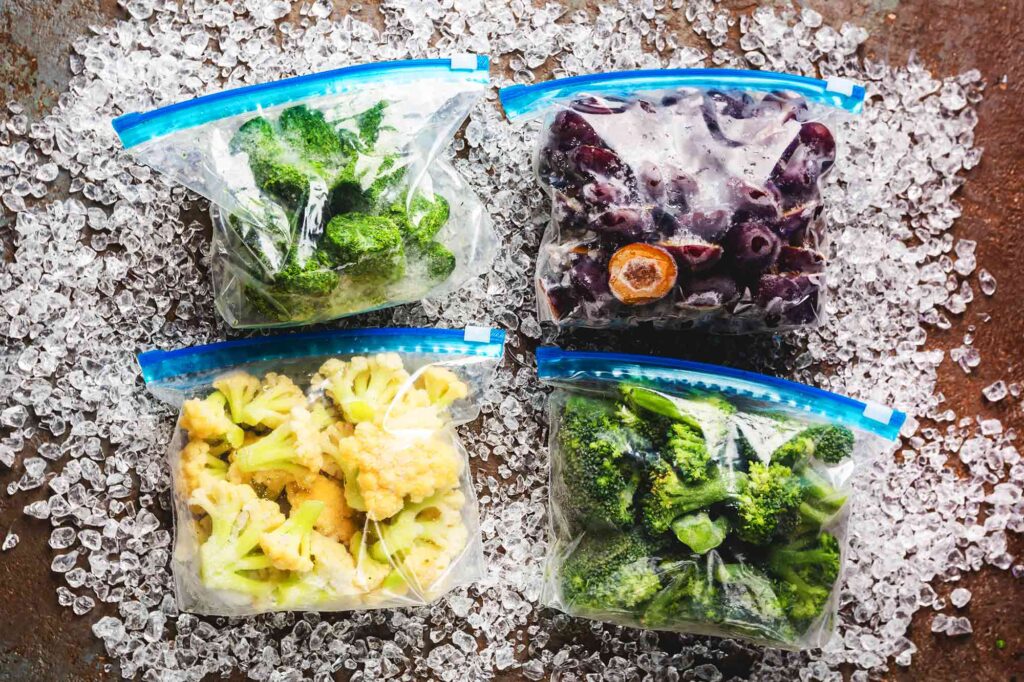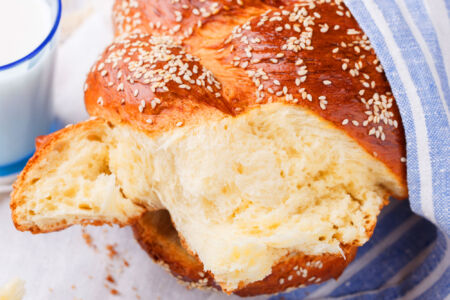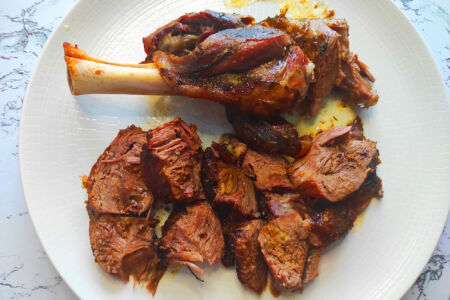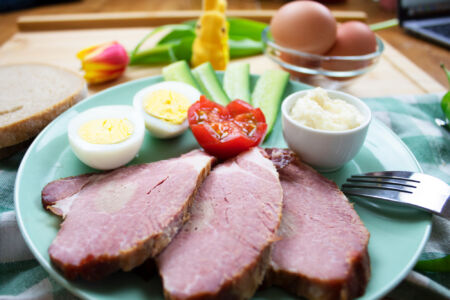The act of freezing food is not a new concept. It can be traced back to the Victorian era when the first mechanical freezer was invented. This invention was initially utilized by the wealthy and during longer trips to transport perishable items.
As time passed and modern appliances became more widespread, home freezing became more accessible and reliable for food storage. Freezers offer several advantages, including long-term storage for produce between growing seasons and shorter-term storage before final processing. Pre-frozen fruit is often used in the creation of jams and syrups since freezing alters the fruit's structure, allowing for easier separation of the juice from the flesh.
Throughout the growing season, it is worthwhile to prepare more fresh produce than necessary. Then freeze it in either a semi-finished or finished state, whether it is fruit, vegetables, or cooked food.
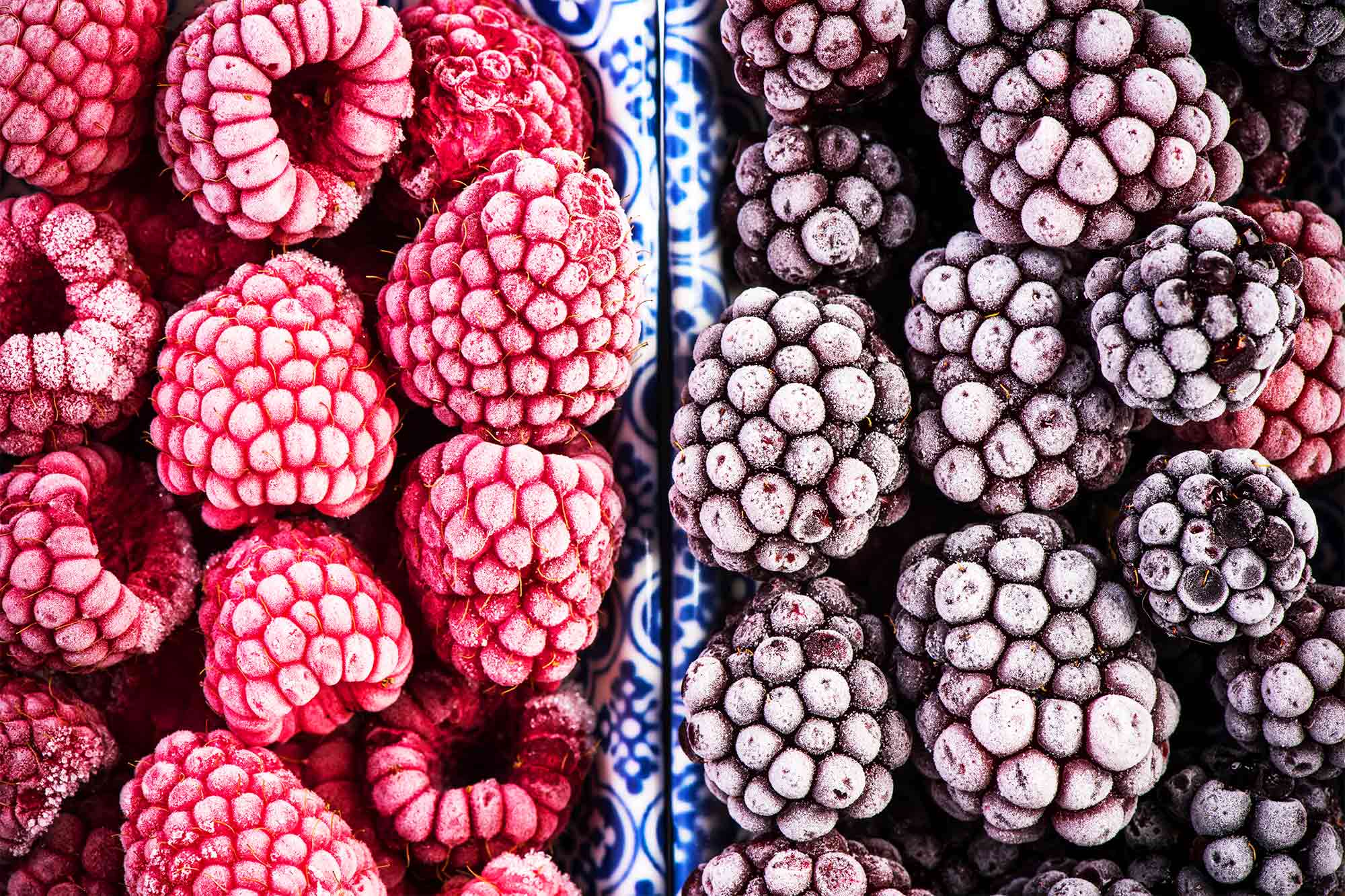
Prior to freezing, it's essential to follow a few guidelines:
Start by determining the ingredients you wish to freeze in the upcoming months. Ensure that they come from a trustworthy source, such as your garden, grandma's garden, or a friend's garden.
Consider the amount and kind of food you intend to freeze. You may freeze single components individually or mix them together.
Invest in a high-quality ice cube tray or puree container, and be sure to wash it thoroughly and even boil it before its first use.
Steam your veggies, puree them, and pour them into the ice cube tray. Keep it in the freezer for 24 hours before taking it out of the mold and putting it in a resealable plastic bag or a tightly sealed plastic container.
Utilize the puree you created within 1-2 months and make new ones regularly. It's a good idea to include the preparation date on the packaging to guarantee that you don't use old ingredients!

Frozen food: Boxing or bagging?
When it comes to freezing food, both boxing and bagging have their advantages and disadvantages. The (sour cream, yogurt) plastic cups are very practical for this purpose. Once frozen and labeled, they can be easily transferred to bags. However, if they are only half-full, they can take up a lot of unnecessary space in the freezer, and the lid can get stuck and freeze in the cold.
On the other hand, plastic bags are transparent, making it easy to see what's inside without the need for labeling. They are also more space-efficient than half-full containers. However, they can be difficult to keep organized and require a tight seal to prevent other foods from absorbing their taste and smell. Zip bags can be a good option to make it easier to open and close them.
To get the best of both worlds, it's practical to combine the use of both boxes and bags. If a box is only half-full, transferring the contents to a bag can help save space and make it more efficient. Ultimately, the choice between boxing and bagging depends on personal preferences and the specific needs of the food being frozen.
